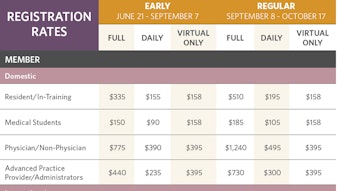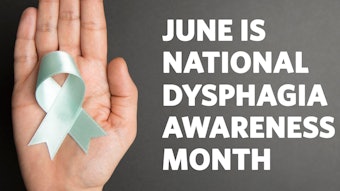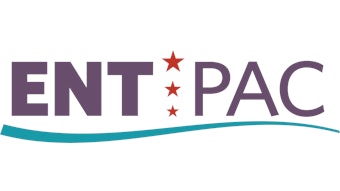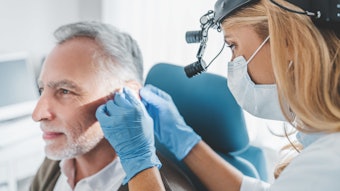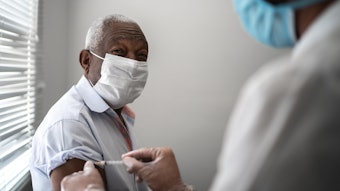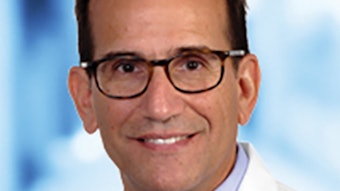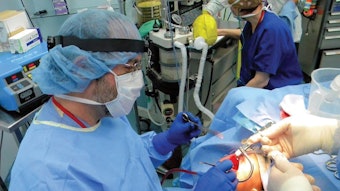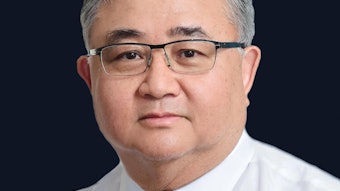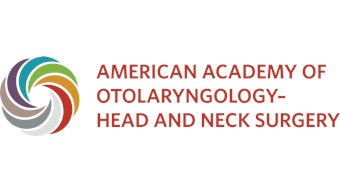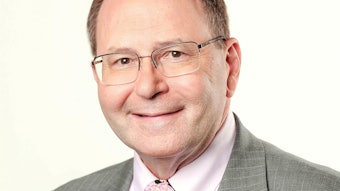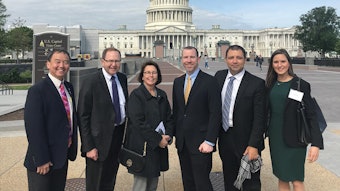From the Education Committee | Sleep Apnea Surgery in the Elderly
The population of elderly adults in the United States is the fastest growing subset and is expected to double by the year 2030.
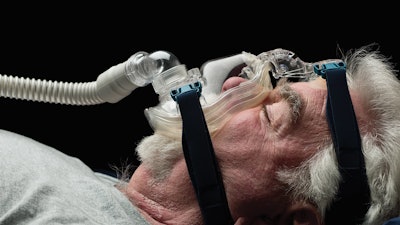
The population of elderly adults in the United States is the fastest growing subset and is expected to double by the year 2030. The prevalence of obstructive sleep apnea (OSA) is higher in older adults compared to middle-aged adults, likely due to changes in both structure and physiology associated with normal aging.1 Anatomical changes include an increase in soft palatal length, increase in length of the airway, and enlargement of the parapharyngeal fat pads, all of which have been associated with the development of OSA. Additional changes in the facial skeleton include a loss of mandibular bone resulting in a decrease in vertical dimension of the oral cavity and thereby less space for the tongue. Changes in respiratory and sleep physiology also occur with the natural aging process favoring increased collapsibility of the upper airway.2
Sleep apnea surgery is being performed at an increasing rate as new techniques and procedures have been introduced during the past two decades. There has also been a reported increase in the proportion of elderly patients undergoing sleep apnea surgery, which leads to questions regarding the efficacy and safety of such surgery in this patient population.3
There are two general categories of surgery for the treatment of OSA: (1) structural surgery and (2) upper airway stimulation (UAS), also known as hypoglossal nerve stimulation. The purpose of structural surgery is to alter a patient’s anatomy in order to increase the dimensions of the upper airway. The purpose of UAS is to increase muscle tone during sleep to minimize upper airway obstruction.
Previous reports have revealed worse outcomes with traditional structural surgery in older adults compared to younger adults. This difference in surgical outcome for both single-level and multi-level structural surgery is believed to be due, in part, to the loss of upper airway muscular tone associated with increasing age. In addition, elderly patients appear to be at increased risk of post-operative complications following sleep apnea surgery.4
Over the past 30 years, numerous structural surgeries have been developed to enlarge the upper airway but have failed to address the underlying loss of muscle tone associated with sleep onset, which is pivotal to the pathogenesis of OSA. In contrast, UAS was designed to increase upper airway muscle tone during sleep, thereby alleviating obstructive events.
The Adherence and Outcome of Upper Airway Stimulation for OSA International Registry (ADHERE) represents a collection of retrospective and prospective outcome measures across multiple institutions in the United States and Europe and is currently the largest cohort of patients using UAS. A recent study published from the registry examined the effect of age on UAS outcomes.5 Comparing surgical results from patients > 65 years of age to younger patients, this study revealed that both age groups had a significant reduction in AHI following UAS implantation.
However, older individuals had a greater reduction in AHI compared to younger patients (final postoperative AHI of 7.6 vs. 11.9 respectively, p=.01). Importantly, no major adverse events were reported for either age group. As previously noted, the elderly have a greater propensity for upper airway collapse as well as a reduction in ventilatory demand. These factors may help to account for the greater improvement in sleep apnea severity observed in the elderly compared to younger adults and suggest that UAS may be a preferred treatment option in this patient population.
With a growing population of elderly patients in the U.S. seeking treatment for OSA, age is becoming an increasingly important consideration for sleep surgeons. Recent reports indicate that traditional structural surgery for elderly patients may be less effective and that postoperative complication rates are higher. In contrast, early reports on UAS therapy suggest improved efficacy with increasing age without an increase in postoperative morbidity. Although advanced age itself is not a contraindication for surgery, the balance of risks versus benefits should be carefully weighed in the elderly patient population.
References
1. Young T. Predictors of Sleep-Disordered Breathing in community-dwelling Adults: The Sleep Heart Health Study. Arch Intern Med. 2002;162:893-900.
2. Edwards BA. Obstructive sleep apnea in older adults is a distinctly different physiologic phenotype. Sleep. 2014;37:1227-1236.
3. Ishman SL. Temporal trends in sleep apnea surgery: 1993-2010. Laryngoscope. 2014;124:1251-1258.
4. Gouveia C. Sleep surgery in the elderly: lessons from the national surgical quality improvement program. Otolaryngol Head and Neck Surg. 2017;156(4):757-764.
5. Withrow K. Upper airway stimulation response in older adults with moderate to severe obstructive sleep apnea. Otolaryngol Head and Neck Surg. 2019;16(4):714-719.

